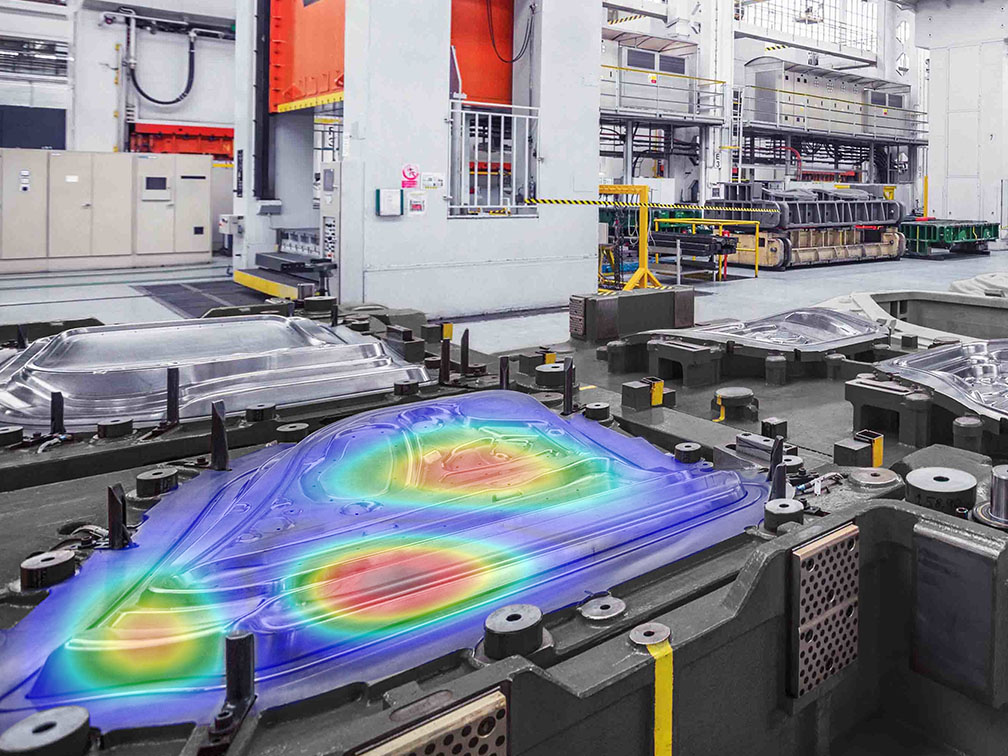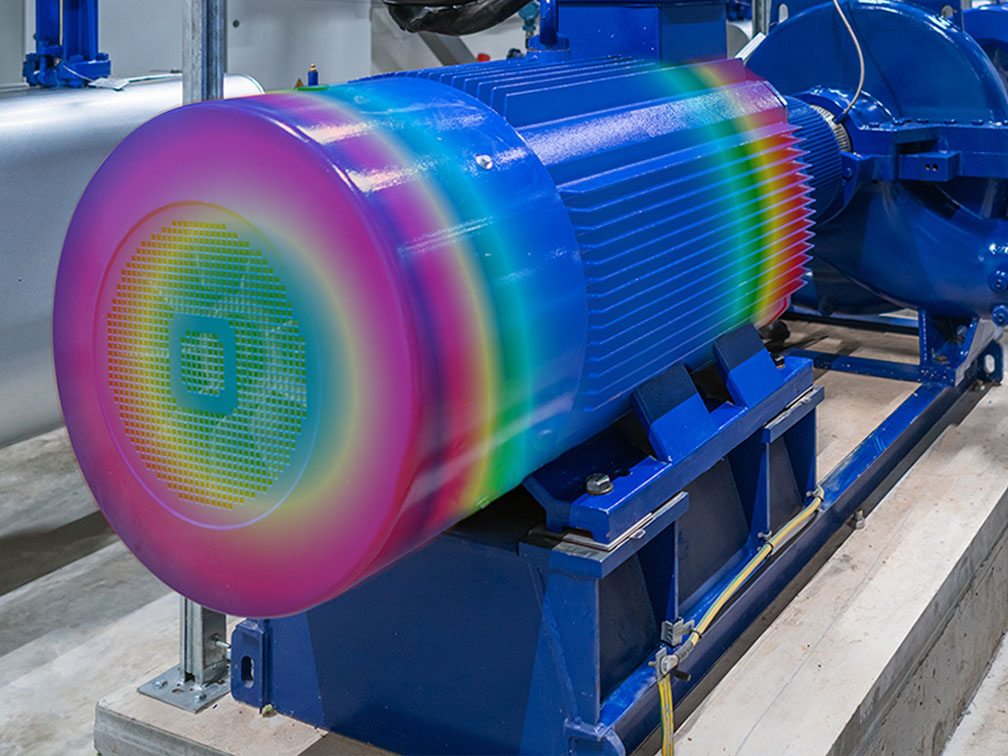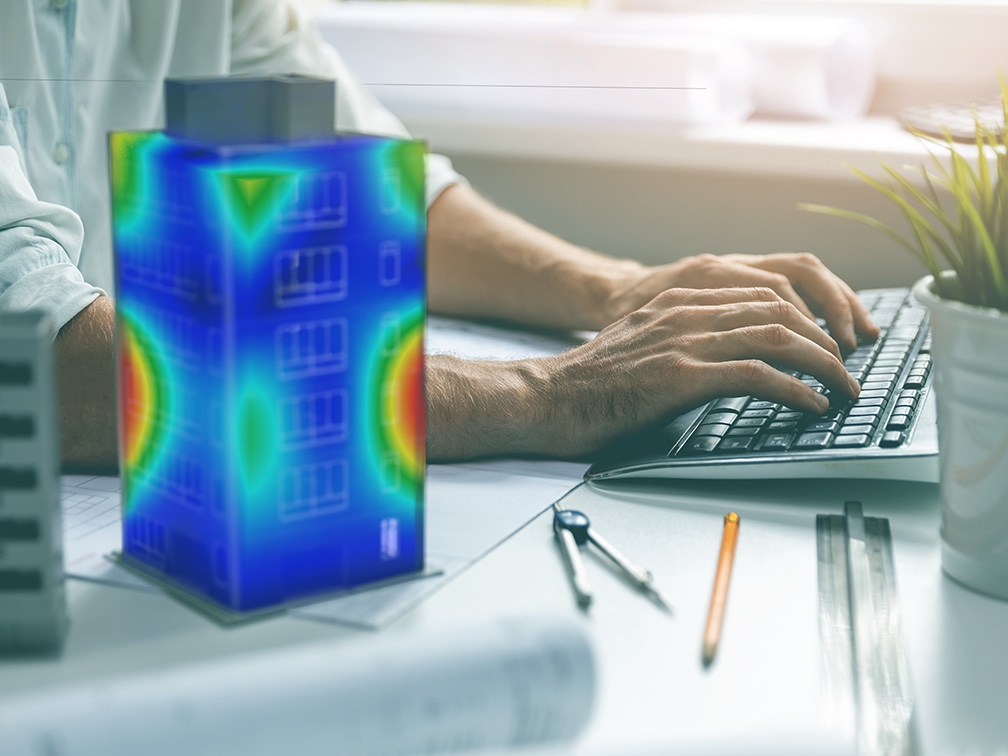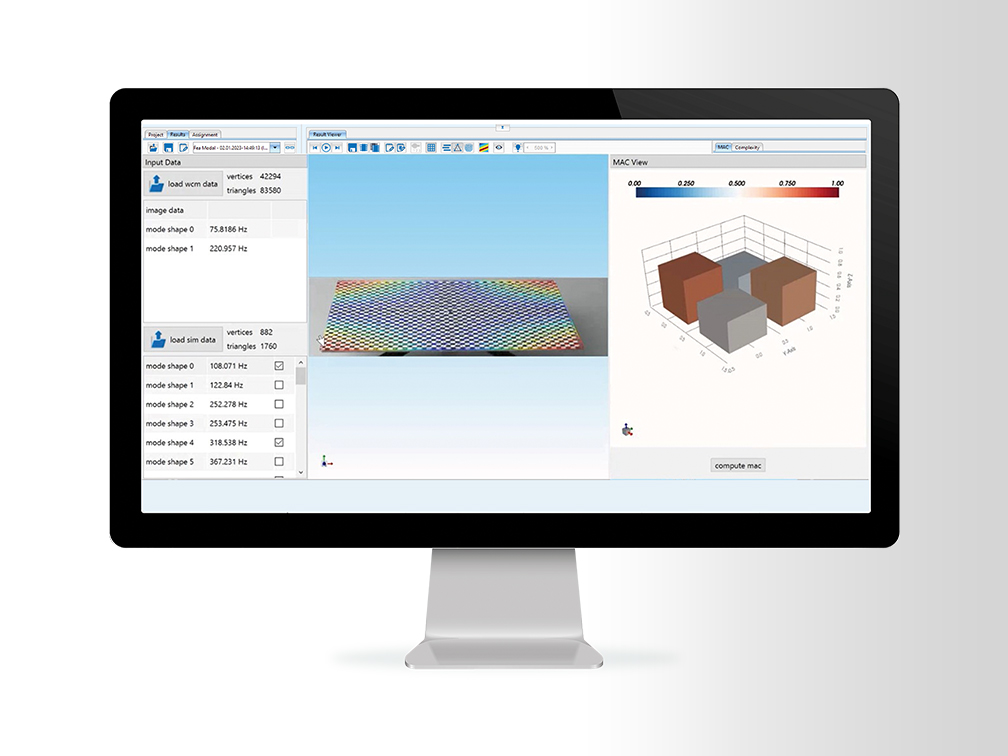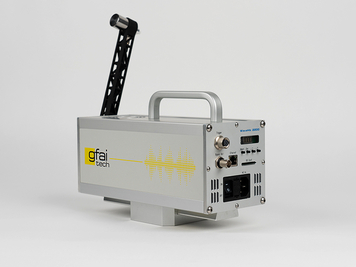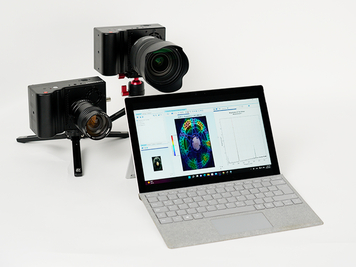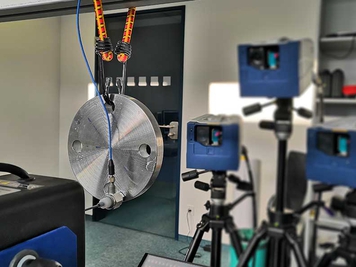Finite Element Analysis (FEA) is a powerful tool to predict the dynamic vibration behavior of any kind of structure numerically. Based on the structural geometry, the specification of material properties and the imposed boundary conditions, the modal parameters (natural frequency, mode shape and damping) of the structure can be calculated. This method thus forms an important instrument in component and structure development (e.g. digital prototyping), which is mainly reflected in a shortened product development time.
The FEA module provides different algorithms to identify modal parameters (FEA Modal), simulate the structures static stress and strain (FEA Static), predict the structures dynamic answer to different external loads (FEA Transient) and calculate frequency response functions (FEA Frequency Response). Additionally the simulation model can be enhanced with real world measurements based on WaveCam measurements using the FE Model Updating functionality.
This helps with planning, construction and maintenance. New designs, changes to the structure and external loads can be precisely simulated and optimized. This powerful tool assists you in your development process and prototyping to identify operation-critical or troublesome resonant frequencies of the structure and to gain a clear understanding of the cause-and-effect relationships between specific vibration excitations and their response.

